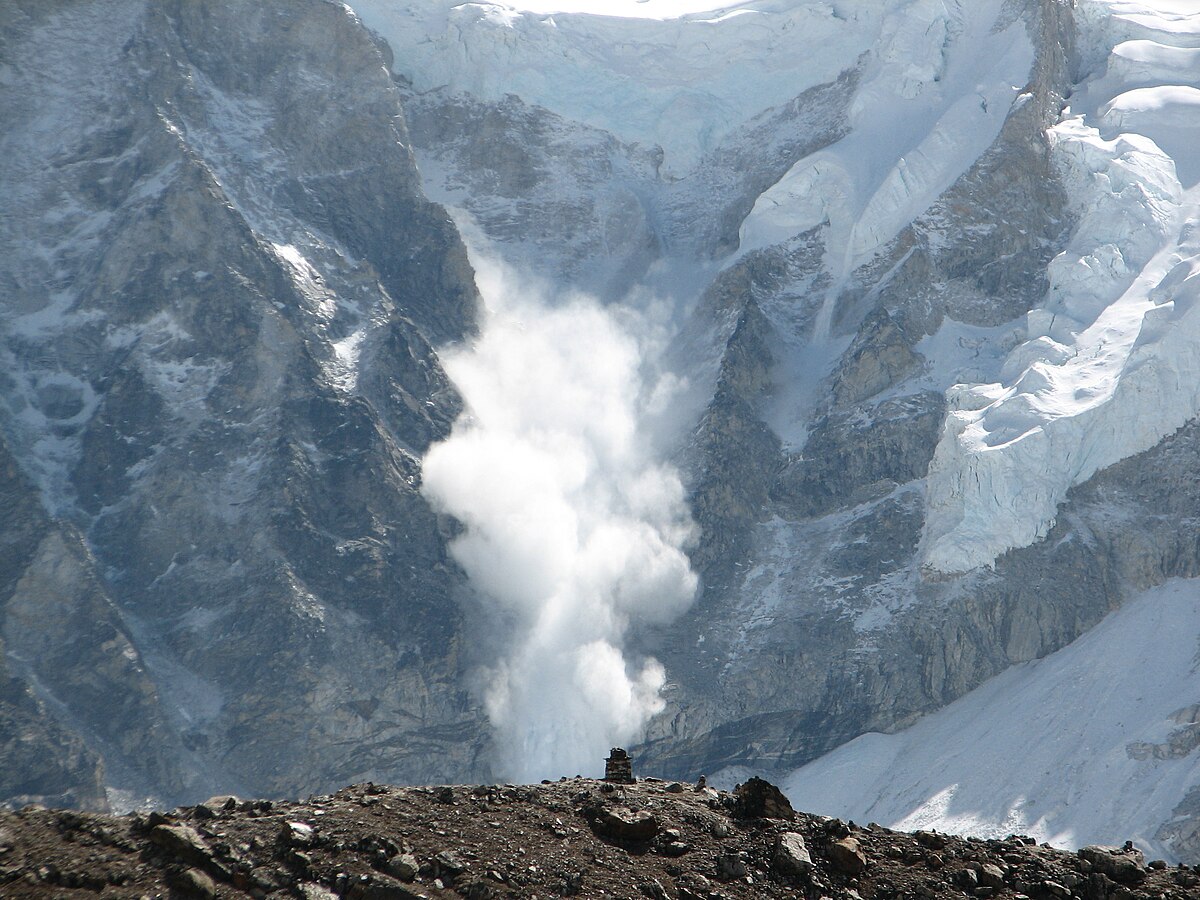Avalanches: A Perilous Force of Nature
Understanding Avalanches
Avalanches are remarkable natural phenomena that can be both captivating and destructive. They occur when masses of snow, ice, and rocks cascade rapidly down mountain slopes. During an avalanche, the force of gravity propels a mixture of snow, rock, ice, soil, and other loose material, creating a swift and powerful downhill current.
Types of Avalanches
Avalanches can be classified into two main types:
- Snow avalanches are triggered by the release of snow, either from a natural process such as a snowpack collapse or from human activity like skiing or snowmobiling.
- Landslides, sometimes referred to as mudslides or debris flows, are caused by the movement of earth materials such as soil, rock, and debris down a slope.
Causes and Triggers
Avalanches and landslides are typically triggered by various factors, including:
- Steep slopes: Inclines with angles greater than 30 degrees are more susceptible to avalanches and landslides.
- Snow accumulation: Heavy snowfall or wind-blown snow can create unstable snowpacks that can trigger avalanches.
- Soil saturation: Excessive rainfall or snowmelt can saturate soil layers, making them prone to landslides.
- Seismic activity: Earthquakes or volcanic eruptions can cause vibrations that destabilize slopes and trigger avalanches and landslides.
Conclusion
Avalanches and landslides are powerful natural events that can pose significant risks to humans and infrastructure. Understanding the causes and triggers of these hazards is crucial for mitigation and prevention efforts. By recognizing the warning signs and taking appropriate precautions, we can minimize the consequences of these perilous forces and keep our communities safe.


Comments